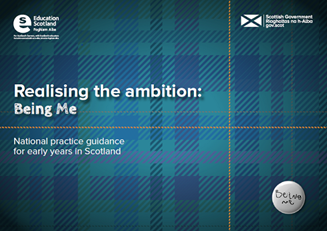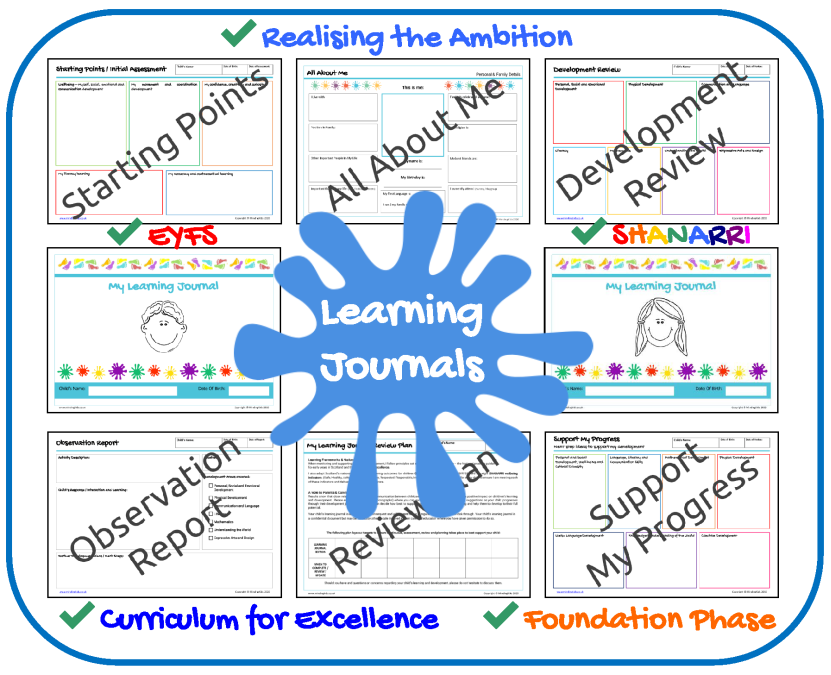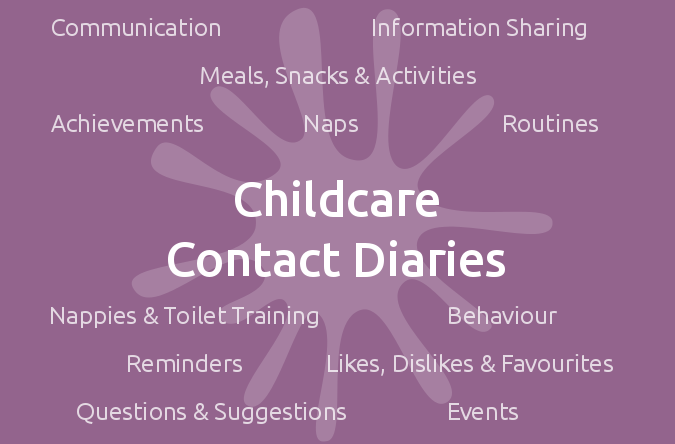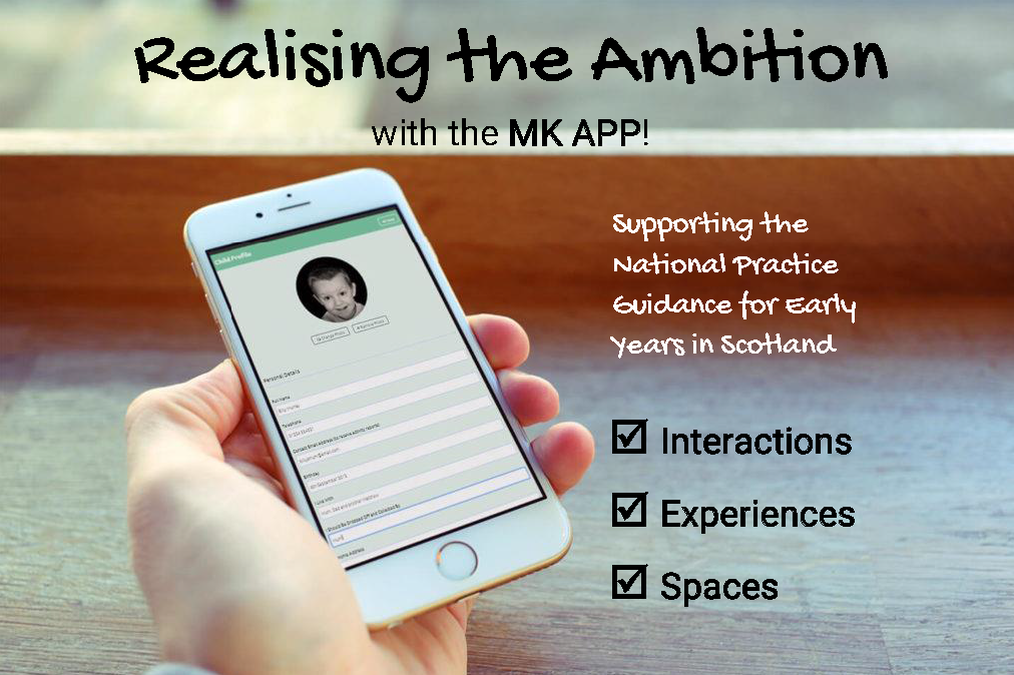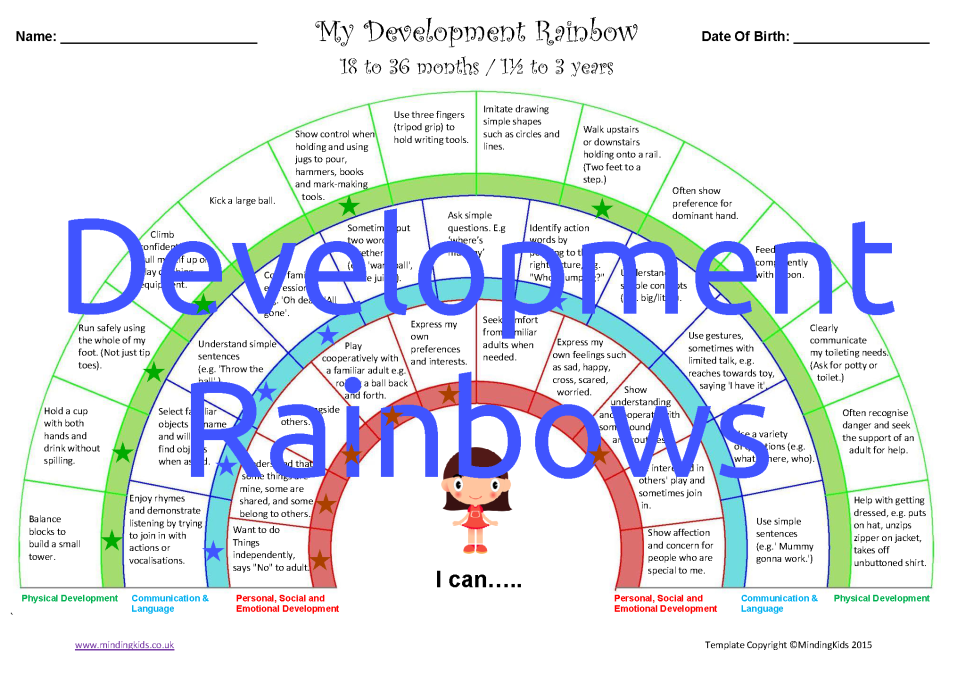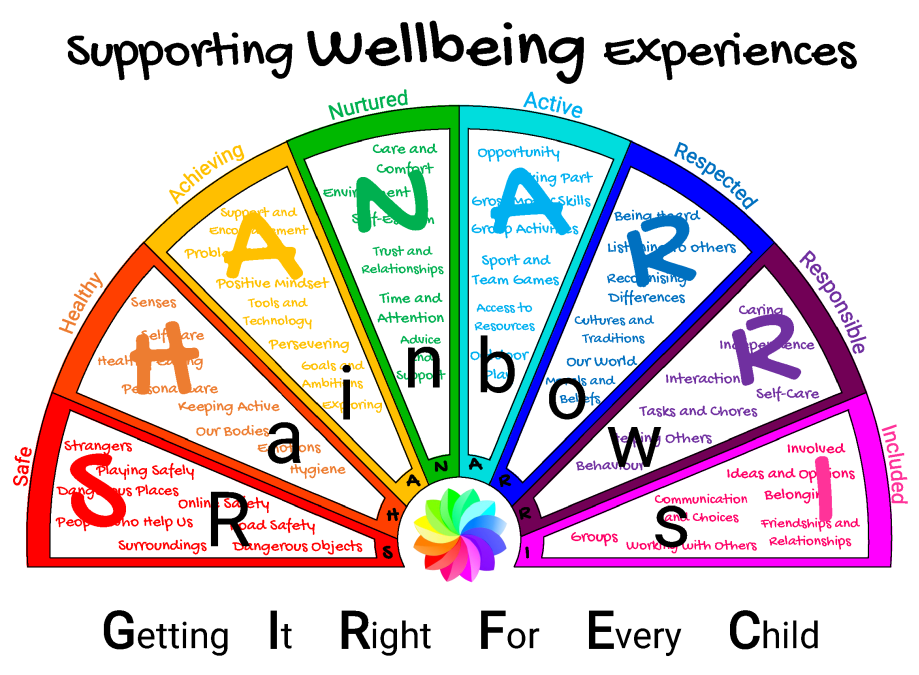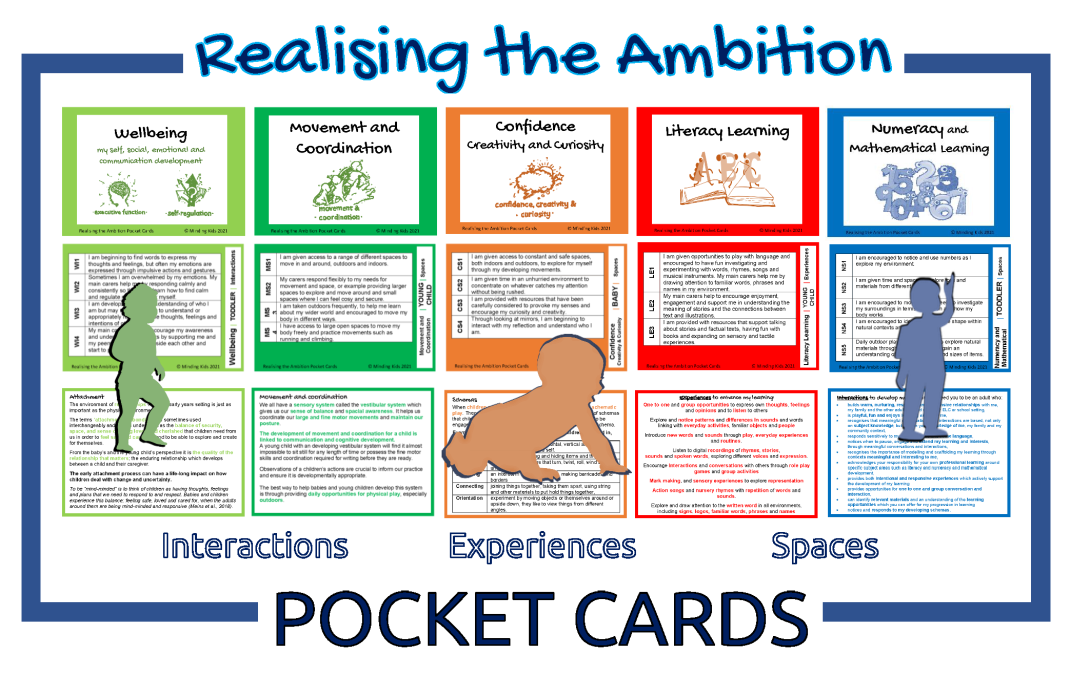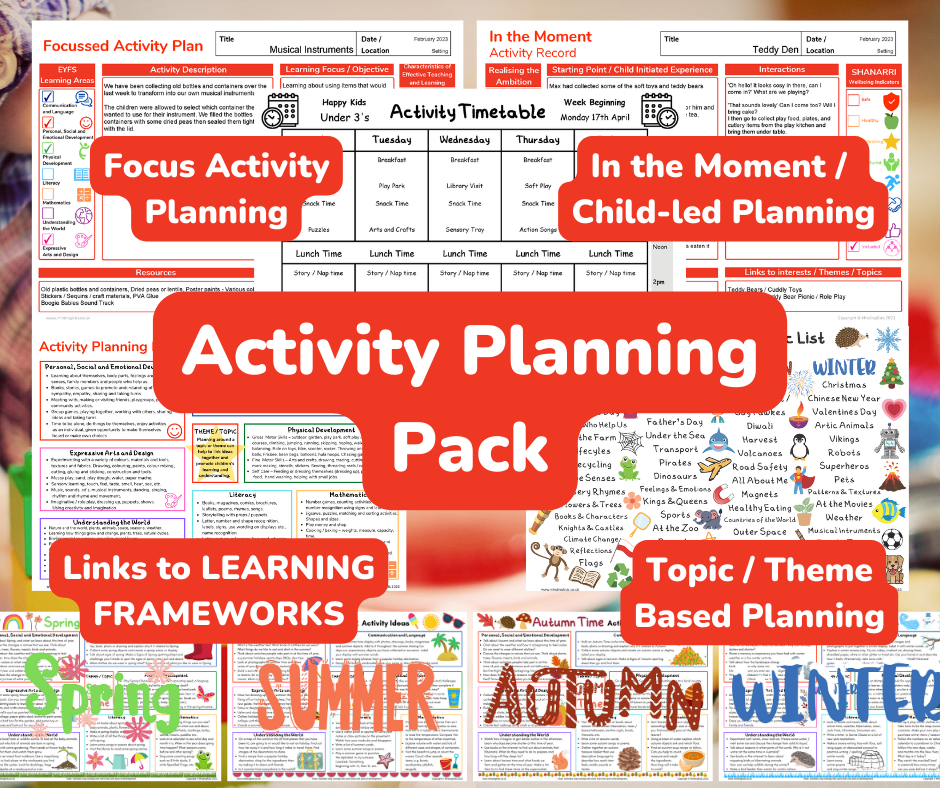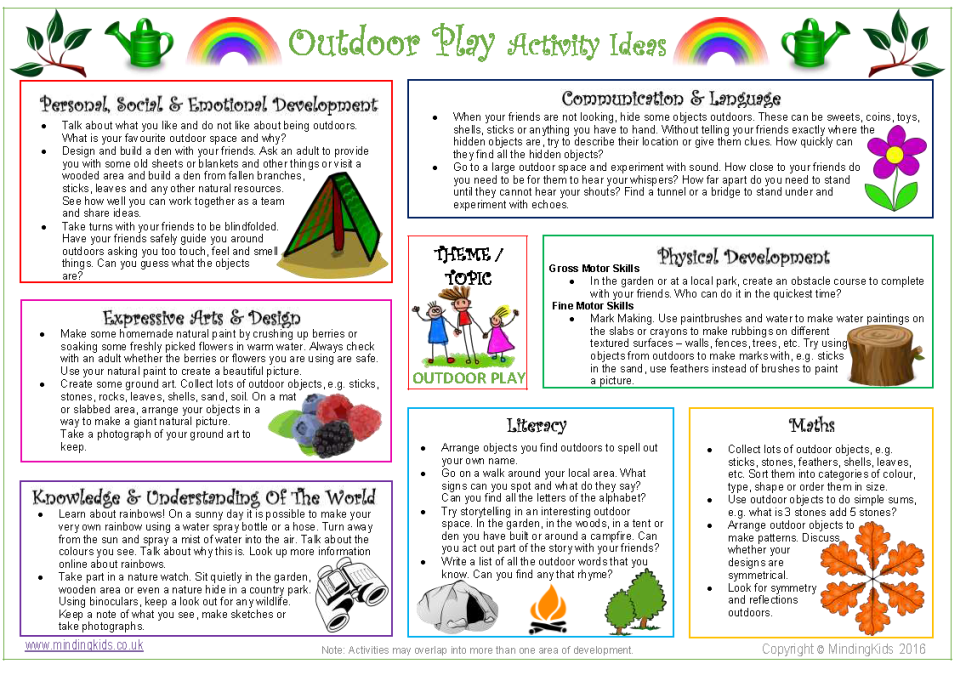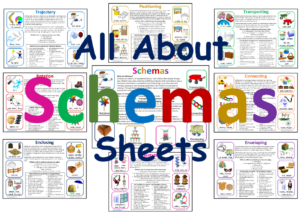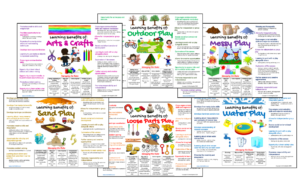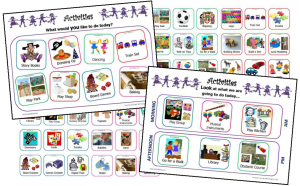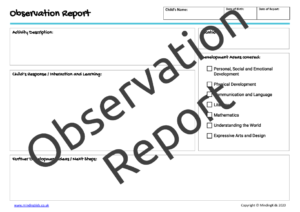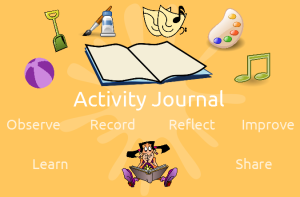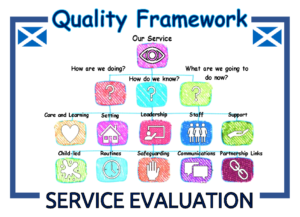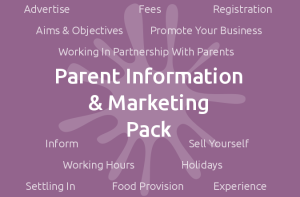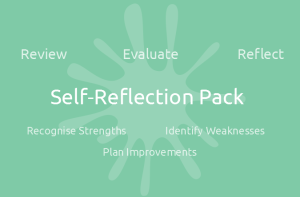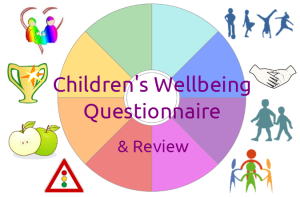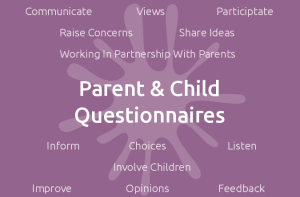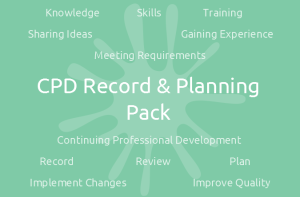Realising the Ambition in YOUR Setting
As a registered provider caring for babies and young children in Scotland, you should be familiar with the national practice guidance Realising the Ambition and be able to demonstrate how you apply it’s principles in your setting to ensure the best outcomes for children.
In this guide, we will go over the key messages from the guidance, what it is asking of childcare providers and also link to resources that may help you to put the principles into practice.
What is Realising the Ambition?
Realising the Ambition is a national practice guidance document designed to guide and support all those who work with babies and children in the early learning and childcare sector and beyond into the early years of primary school in Scotland.
The guidance builds upon the principles of previous documents ‘Pre-Birth to Three’ and ‘Building the Ambition’ and explores the range of interactions, experiences and spaces we need to provide for babies and young children to help them learn and grow best.
Let’s look at the key messages…
Consider each child as an individual – ‘Being Me’
All children are individuals and we must take into account their life stories from their earliest days in order to understand the various factors and influences that shape who they are and their unique development.
There are three main aspects that we must consider in order to understand child development and how we can best plan to support each individual child.
- the child as an individual,
- their environment,
- the socioeconomic culture which surrounds the child and family
Think about all of the children you provide care for:
❓Do they experience positive nurturing interactions?
❓What is their home and family environment like?
❓How do social, cultural or economic factors influence their opportunities and experiences?
Learning as much as possible from parents and carers about previous and current experiences will help you to better understand each child’s individuality.
How can we do this?
👍Collect information from families before a child commences care at your setting. You must always collect essential details such as any health or additional support needs but finding out other information can help you begin to build a picture of the child’s life story and home environment. For example, who the child lives with, whether they have any siblings (position in family), their first language and whether any additional languages are spoken at home and any religion or cultural preferences that you should be made aware of. Finding out their parent’s occupation or place of work may also help you to understand the family’s economic position and working hours or other factors that impact the child’s day to day routines.
👍Use a Care Plan to collect essential details as well as information about a child’s abilities, routines and favourite activities. Review this information regularly to ensure details are up to date.
👍Chat with parents often to share news about their child’s progress and ask questions about experiences at home. This will help to build trusting relationships and encourage working in partnership to achieve positive outcomes. In addition to informal discussions at drop off and collection times, think of other methods you can use to encourage two-way communication with families, for example daily diaries, learning folders or digital sharing of experiences e.g. the Minding Kids App.
👍Involve children and families however you can with running and improvement of your service. Seek their opinions, ask them to complete questionnaires and invite them to suggest or participate in activities. All of these things will help to create an inclusive environment for everyone involved and most importantly build on positive experiences for children.
Stages of Development – Being a baby, a toddler and a young child
Whilst there is no precise age that a baby becomes known as a toddler, or when a toddler transforms into a young child, we often link significant development milestones to each growth stage. For example, a baby may become known as a toddler when they begin to take steps independently and their desire to do things for themselves increases.
Whilst it is important for early year practitioners to know and be aware of typical development milestones, age alone cannot be the predetermining factor for measuring progress. Each child will develop in their own way, at their own rate, and as individuals and their progression will be influenced by many factors.
When working with very young children we must accept and appreciate this and rather than expect children to hit expected targets at certain times, we need to respond to each child’s actual development in order to provide experiences, opportunities and interactions which are best for them at that time.
What children need to grow and develop
Research with young children supports the view that the following dimensions are among the most important aspects of child development:
⭐Executive function and self-regulation – Executive function is a set of mental skills that include working memory, flexible thinking, and self-control. Self-regulation is the ability to understand and manage your own behaviour and reactions.
⭐Communication and language – the ability to speak, pay attention, listen, understand and express our feelings and emotions.
⭐Confidence, creativity and curiosity – building on self-belief, perseverance, problem solving skills and the desire to learn.
⭐Movement and coordination – the ability to move and coordinate our bodies, pick up, move and use objects.
⭐Self and social development – the ability to experience, manage and express emotions, interact and cooperate with others and to form and sustain positive relationships
All of these different aspects of development are interlinked and every child develops them differently and in different patterns. Some children may progress quickly with their movement and coordination whilst others may show advancement in their communication skills or vice versa. So long as we understand this normal variation and are aware of each child’s individual development progress we can provide interactions, experiences and spaces that match the needs of the child.
Interactions, Experiences and Spaces
We must consider the interactions, experiences and spaces on offer and how we can add value to what children already know and can do.
Interactions
How we interact and communicate with children has a significant impact on learning and behaviour. Through high-quality interactions we can show children that we are interested and listening to them, that we care and respect them and that we are responding to their needs. Interactions are more likely to be successful when we focus not only on the words we say, but also our body language, gestures, eye contact and expressions. In addition to building trusting relationships, positive interactions encourage communication, social skills and many other areas of learning.
👉Think about ways you interact with children and how you could make this more positive.
Experiences
Experiences are the very basis of what makes us, who we are, and what we know. Positive experiences and opportunities will help us to thrive, develop and reach our potential, whilst negative experiences can hold us back, knock our confidence and be detrimental to both our physical and mental wellbeing.
Experiences are not only about activities and opportunities, they are about choices, routines, environments and much more. In order to create positive experiences for children we must takes into account many other factors, including meeting care needs, supporting health and wellbeing and the feelings and interests of each individual child.
👉Think about the experiences each child encounters in their day to day lives and how you can make a difference. Does their daily routine allow for their individual needs to me met? Are healthy lifestyles being supported? Are their likes and dislikes taken into consideration, allowing for opportunities to follow interests and make choices. Are they provided with activities that capture interest and allow them to build on what they already know and can do? Think about their family circumstances and their opportunities at home. Are there any cultural or socioeconomic influences that impacts their choices?
Spaces
The environments in which children grow and learn must also be considered as a significant influence on development. Children thrive best in spaces where they are physically comfortable, feel safe, at ease and where they are stimulated by their surroundings.
👉Think about the spaces children encounter and how you ensure your setting is a welcoming, comfortable, high quality learning environment. Consider quiet rest times in addition to stimulating surroundings for play. Do children experience a variety of both indoor and outdoor spaces allowing them opportunities to explore and be active?
Child-centred play pedagogy
Play is an inherent part of human development. Through play children explore and learn about the world around them, use their creativity and imagination and develop their cognitive, social, emotional and physical skills.
There are many different names to describe different kinds of play including schematic, parallel, cooperative, responsive, intentional, symbolic, exploratory, etc.
Whilst learning more about specific types of play will help us to further understand how individual children use play in their development, the most important message from the Realising the Ambition guidance is to put the child at the centre.
Child-centred play (pedagogy) requires Early years practitioners to take the lead from the children, actively responding to the individual and constantly changing needs of a young child.
We should be continuously thinking about:
- What children want to learn
- How children learn best
- How we are using children’s interests to plan or adapt experiences
- How we can make an activity more interesting.
- How we can make spaces more interesting both indoors and outdoors
- The quality and sensitivity of our interactions – when we should step in and when we should hold back.
Observing, planning and facilitating learning
Through observing children, we can use their actions, emotions and words to inform us of what they need, what they are interested in or dislike and the of types of play or schemas they use to help them learn. We must also give thought to child-initiated, adult initiated and adult-directed experiences and strike the right balance for the needs of each child.
How should we be observing children?
The word ‘observations’ may immediately make you think of completing written records, however observing children is actually something that we do all of the time through watching, listening and noticing.
If it helps you to assess progress, consider children’s behaviour in detail, remind you of how children have responded to an activity or note down ideas to improve experiences then you may wish to complete written observation records. Alternatively you may find that jotting down some notes each day along with informal chats with parents is enough for you to consider the outcome of your observations.
Whatever information recording, sharing and communication methods you use, consider what works best for each individual child, their family and your setting.
We can use observation information to consider the interactions, experiences and spaces on offer and plan future activities and opportunities to best support each child’s development.
👉Think about the ways in which you observe, assess and plan for each individual child and where you can make improvements.
Ensuring Quality
Research shows that educational and life chances for children are enhanced through high quality early years provision. Realising the Ambition explains that a high quality service should have:
⭐A clear shared vision
Think about the aims and objectives for your setting. Do children and families work with you to establish and achieve this vision?
⭐An understanding of child development and how children learn
Have you undergone any child development training? How do you keep up to date with the latest guidance? What more do you do for your continuous professional development?
⭐Rich adult-child interactions
Do you use a range of communication and interaction strategies that are in tune with the developmental stages of children? Do you ask skillful questions to extend learning, encourage children to take conversational control and engage with children to solve problems, increase interest and develop thinking?
⭐High quality provision
Do you follow children’s interests and promote child-initiated experiences?
Do you allow children to lead their own learning and help them to extend this in ways that are appropriate to their developmental stage?
⭐An understanding of the importance of curriculum and pedagogy
Do you think about how learning possibilities can be extended through the interactions, experiences and spaces on offer? Do you offer a variety of responsive and intentional experiences that are developmentally appropriate and allow children to build on what they already know and can do? Do you provide opportunities for challenging, risk appropriate play and allow children to be creative and curious?
⭐A positive relationship with families that promotes the value of learning at home
How do you ensure families feel welcome and included? How do you build trusting relationships, work with families to further support learning at home and help them to develop confidence in their role as the child’s first and most important educator?
⭐A skilled workforce
How do you review your own skills and practice to ensure you understand and meet the needs and rights of young children? How do you ensure your professional knowledge and training is up to date and how do you collaborate and work with other professionals?
All childcare services should regularly evaluate all aspects of their provision to assess what areas are working well and where quality could be improved to enhance experiences for children.


